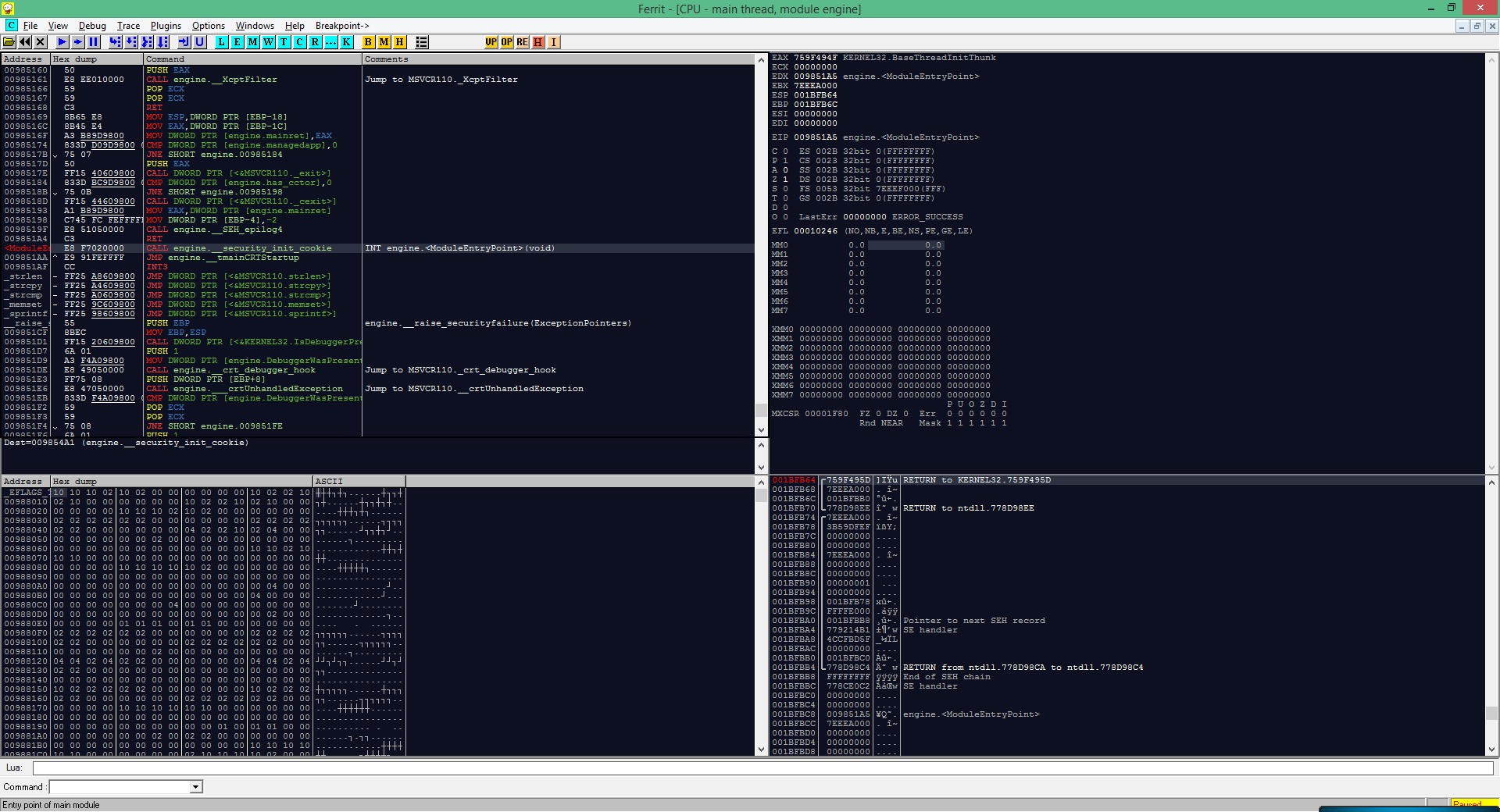

One type of copy protection common in trial or beta software allows a program to run only until a certain date.

The copy protection mechanism often involves a process in which the software checks whether it should run and, if it should, which functionality should be allowed. The following sample shows a way of bypassing or removing the copy protection in order to use the product without extending the trial duration or, in fact, without purchasing the full version. The vendor stipulates a time restriction on the beta software in order to avoid license misuse and to permit the product to run only in a reduced-functionality mode until the user registers. In copy protection, the user is typically obliged to register the product before use. A familiar type of restriction built into software is copy protection, which is normally forced by the software vendor in order to test the robustness of the software copy protection. When the source code is not provided, it is still possible to patch the corresponding software binaries in order to remove various security restrictions imposed by the vendor, as well as fixing the inherent bugs in the source code. It is expected that the machine is configured with the following tools:

The security researcher must have a rigorous knowledge of assembly programming language.


 0 kommentar(er)
0 kommentar(er)
